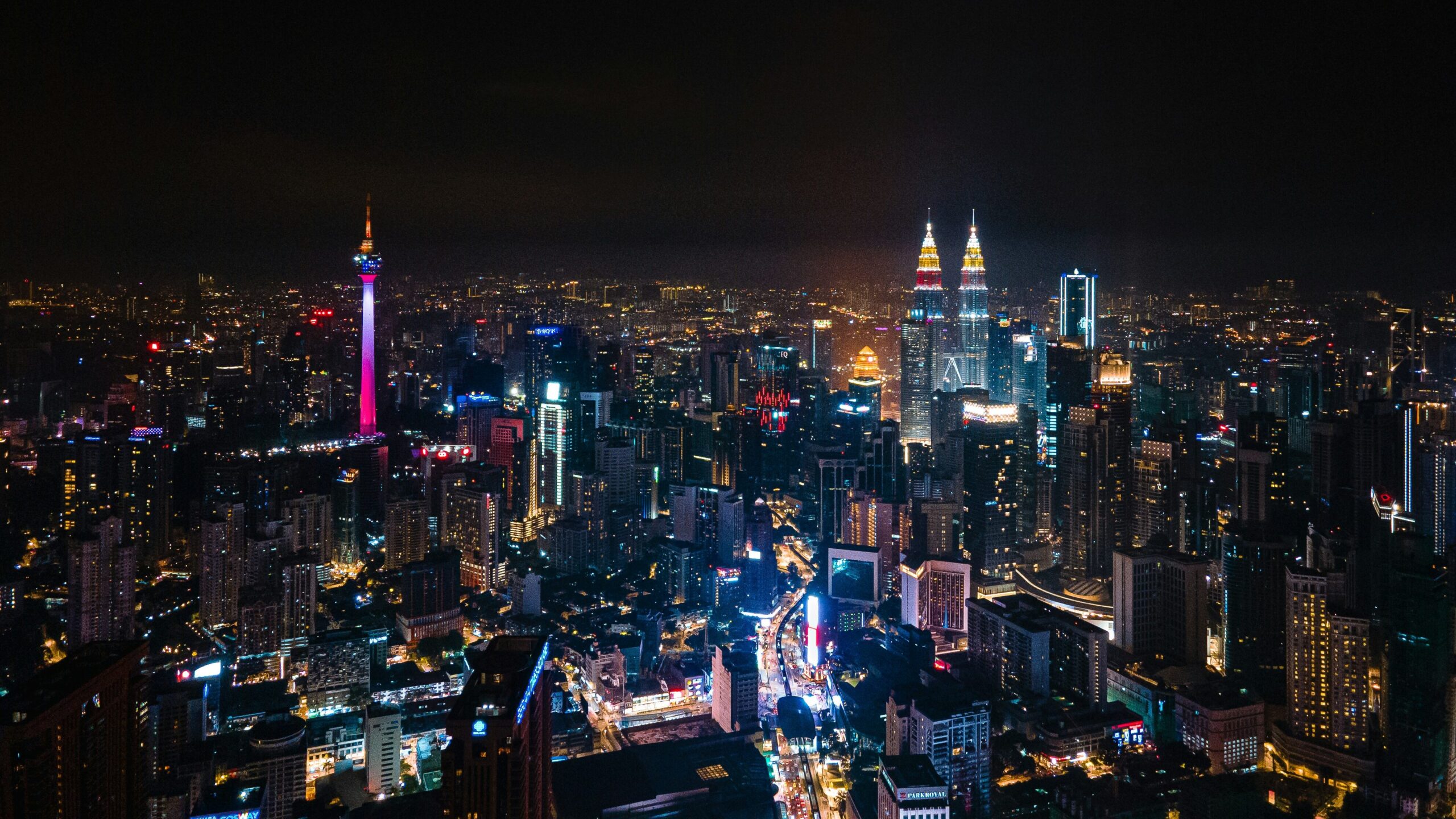
Kuala Lumpur, now a thriving global metropolis and also the capital city of Malaysia. Many considered Kuala Lumpur as a young city due to its relatively recent establishment in mid-19th century.
The city marked by it’s vibrant diversity, rich cultural heritage, and towering skyscrapers across the city. However, long before its modern development, Kuala Lumpur was a small mining settlement with a humble beginning. This article will dive into the history of the city, to see the massive transformation of tin mining outpost into one of Southeast Asia’s most developed cities.
Early Beginnings of Kuala Lumpur (1857-1880)
Many debates surrounding the founder of the city even to this day. The city presence began when Raja Abdullah decided to open up area in klang valley for tin prosecutors. Raja Jumaat of Lukut and 87 Chinese miners found a tin reserves near the intersection of the Gombak and Klang rivers. These miners later built a small village and started to settle in this spot. They named this spot as the “muddy Estuary”.
However, due to harsh environment and malaria, 70 of the miners died. The malaria-infested location did not stop people to migrate to this area, the area grow rapidly and became a flourishing community. Since the area dominated mostly by men, without any central authority keeping order, riots and fights often broke out between the early settlers.
Due to constant violence, the British authorities took over the settlement and started to make a major development. The British also introduced a post of Chinese captain or ‘Kapitan‘. One of the most notable Chinese captain known as Yap Ah Loy.
Reconstruction under Yap Ah Loy
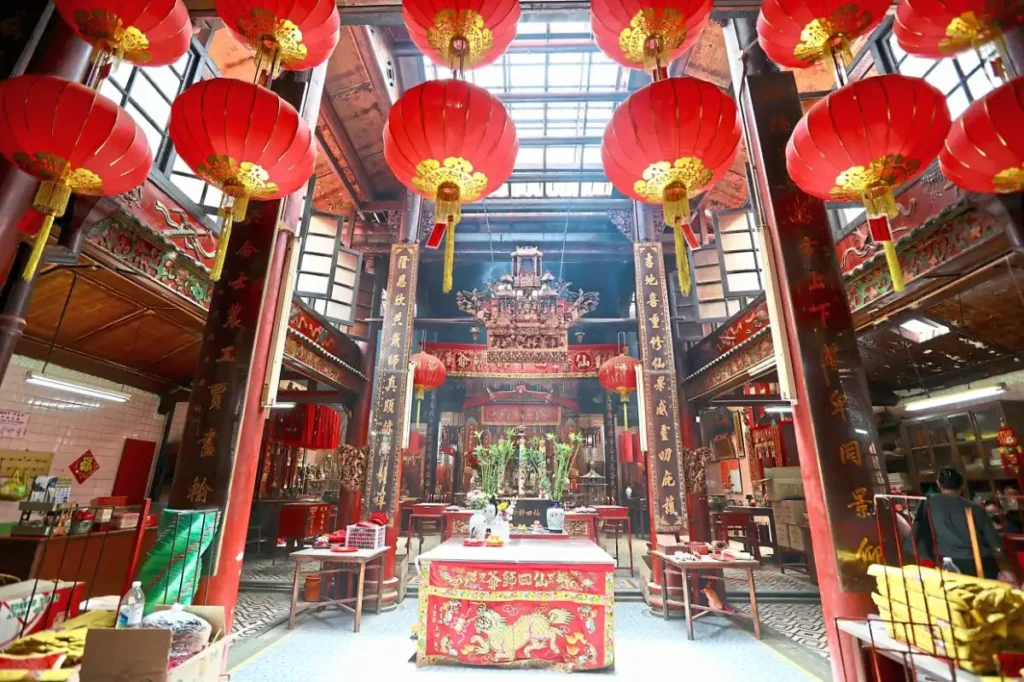
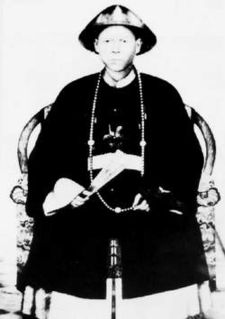
Under the leadership of Yap Ah Loy, he rebuilt the town from ruins and re-populated it with Chinese tin miners. Furthermore, He also initiated the migration of Malay farmers to the city to ensure enough food for the new settlement.
Yap Ah Loy successfully constructed first ever school in Kuala Lumpur, major tapioca mill and homeless shelters in the area. He also constructed the oldest Taoist temple known as Sze Ya Temple. In 1881, fire disaster and flood engulfed the area. In response to this, Frank Swettenham, a British colonial administrator, required all houses to be constructed with proper bricks and tiles.
Seeing plenty of demands and opportunities for bricks, Yap Ah Loy acquired a large plot of land to establish brick-making industry, which became essential in building Kuala Lumpur. This area later known as Brickfields in the modern day. Yap also made building layout of the town and used shop houses in southern China as an example.
Yap Ah Loy also spearheaded the development of key infrastructure like road expansion across the town. Some examples of his work are Ampang road, Pudu road, and Petaling street. These vital roads helped in connecting the tin mines to the city center, facilitating trade and supporting the city’s rapid growth.
Despite all his contribution in shaping modern Kuala Lumpur, no monuments in the city built in honoring his legacy. According to scholar on Malaysian history, J.M Gullick, he described Yap Ah Loy as Mr Kuala Lumpur until 1879. In addition, he also added “If you seek his memorial remember that you are in Kuala Lumpur“.
Kuala Lumpur Development Under British Administration (1880-1940)
Early Expansion in the Late 19th Century
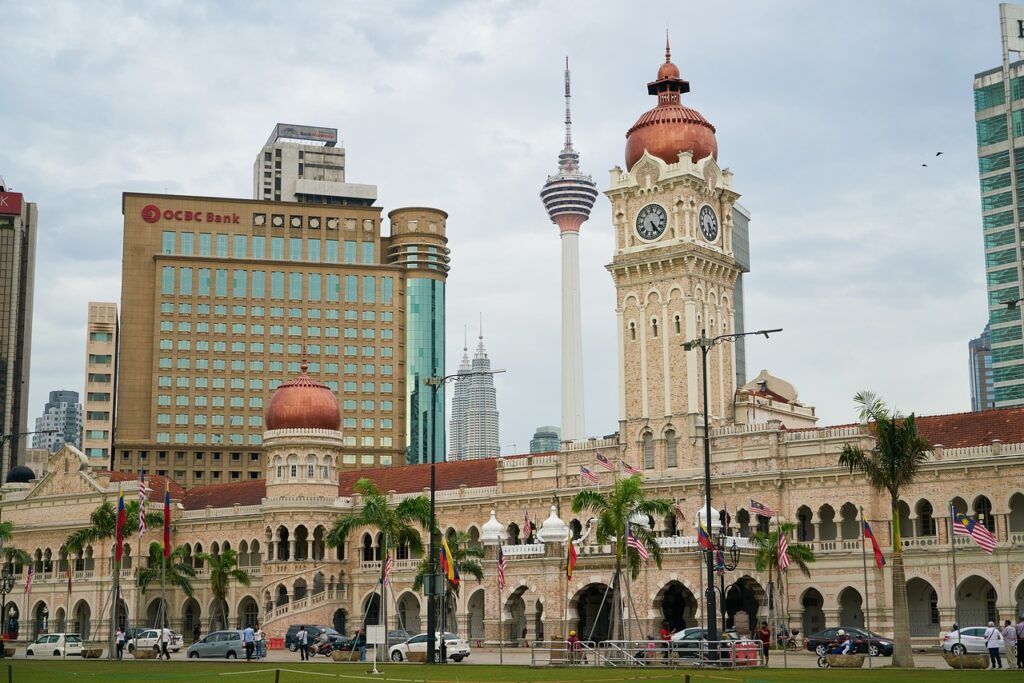
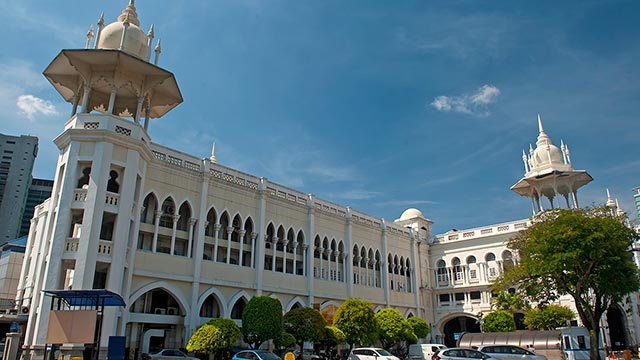

After British crown took over Kuala Lumpur in 1880, Sir Frank Swettenham developed the first city plan of Kuala Lumpur. He successfully made Kuala Lumpur to be a modern town in Malay Peninsula. During this period, many rich miners started to establish colonial houses, making the city to expand rapidly during the period.
Another British colonial resident, William Bloomfield Douglas decided that the government buildings and living quarters to be located in the west of the river. Originally, government buildings and police headquarter were constructed in Bukit Aman. However, the colonial administrators moved all government institutions to a more convenient location, now known as Merdeka square.
Also during this period, sir Frank Swettenham constructed a railway line between Kuala Lumpur and Klang. With its opening in 1886, the city grew even faster due to better accessibility to the city. With a population that keeps on rising, the British colonial made Kuala Lumpur as the capital of Federated Malay states in 1896.
Since its beginning, Kuala Lumpur became a melting pot of cultures. Many neighborhood possess a unique colonial, European and Chinese forms of architecture. The city started to grew organically without significant planning in the early years, especially with small, narrow, and congested street.
Challenges with waste management, sanitation, and other health concerns began to emerge as the city expanded. To tackle all these problems, the British created a sanitary board in 1890, tasked with overseeing sanitation, road maintenance, city planning, and other functions. Over time, the organization evolved into Kuala Lumpur Municipal Council or Dewan Bandaraya Kuala Lumpur (DBKL).
Expansion in the 20th Century
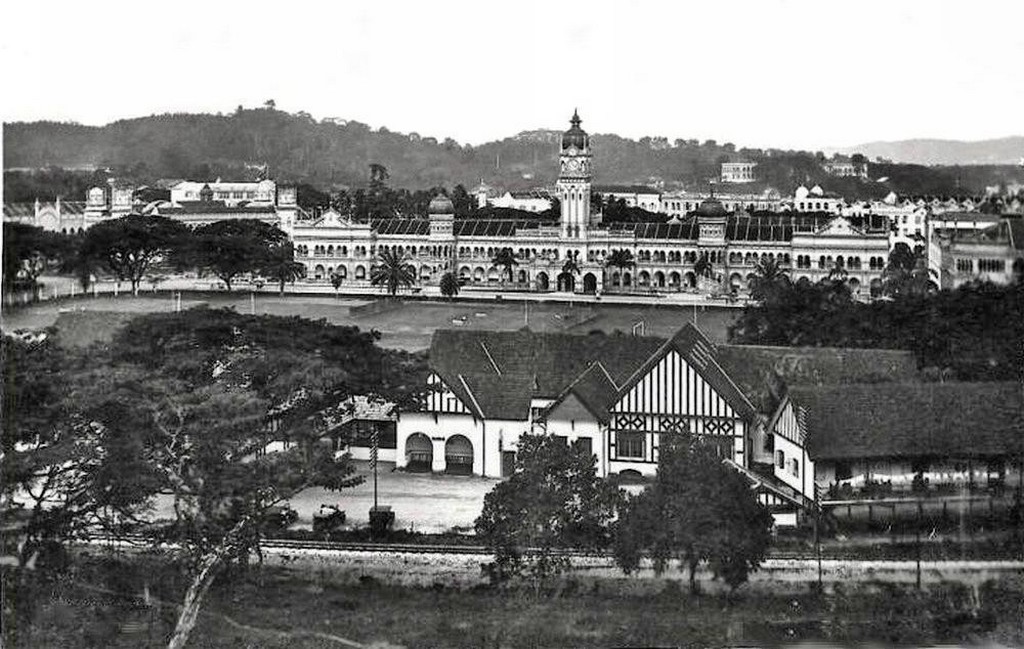
In the early 20th century, Kuala Lumpur became the biggest city of Malaysia. With high demand of car tyres in the early 20th century, Kuala Lumpur once again became a magnate that attracts more people to the city. Population jumped from 30,000 in 1900 and over to 110,000 by 1931.
During this era, prominent Chinese businessman such as Loke Yew, Yap Kwan Seng, Eu Tong Sen, and Choo Kian Peng played influential role in expanding the city. The growth of the rubber industry led to a massive rise in foreign capitals, with numerous international companies establishing their presence in Kuala Lumpur.
Infrastructure development also progressed during this period, with expansion in roads, bridges, and railway expansion that connect the city center with surrounding regions. These infrastructures facilitated economic activities such as trade and transport of mining and plantation products to port cities.
Landmark buildings such as Sultan Abdul Samad building and Kuala Lumpur Railway station also built by the British during this period. Completion of these landmarks gave the city a unique urban character that reflects British architectural influence.
Japanese Occupation and World War II (1941-1945)
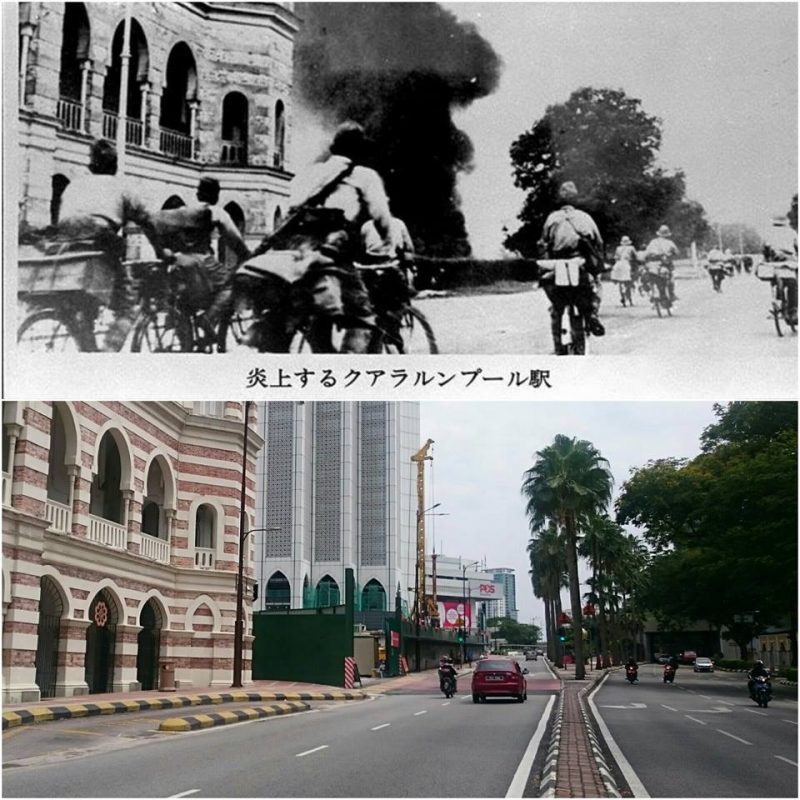
Japanese occupation of British Malaya brought a turbulent chapter in Kuala Lumpur’s history. Imperial Japanese Army occupied the city as part of their expansion campaign in Southeast Asia. The occupation brought hardship to the local population and halted the economic growth of Kuala Lumpur.
The Japanese imposed strict policies during their occupation for more than 3 years. The Japanese closed many English and Chinese medium schools throughout the city. Additionally, every morning, residents were required to sing the Japanese anthem and show respect to the emperor.
The period marked by hardship, with many lives lost and numerous citizens forcibly conscripted as laborers to work on the Japanese infrastructure projects. Particularly the infamous Burma railway project, where many Malaysians lost their lives due to the brutal working conditions.
Post-war growth and Independence (1945-1960)
Post-war Kuala Lumpur became a center of political activity, especially with the rise of Malay nationalism. The return on Malaya into British control ignited local resistance and nationalism. Notable figures like Tunku Abdul Rahman played a vital role in creating organization like UMNO (United Malay National Organization), pushing for independence.
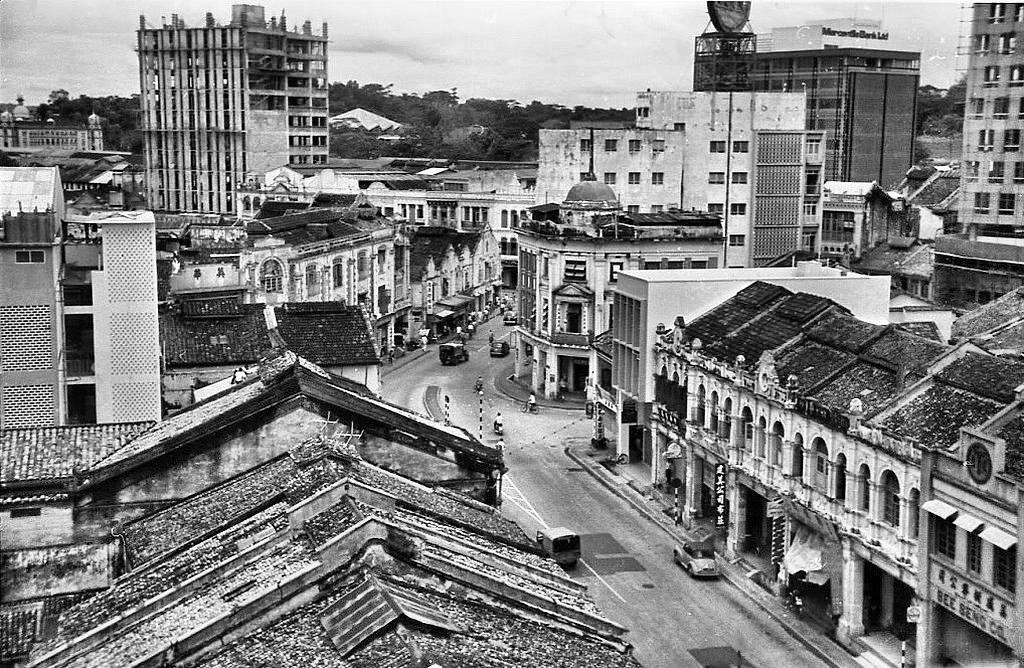
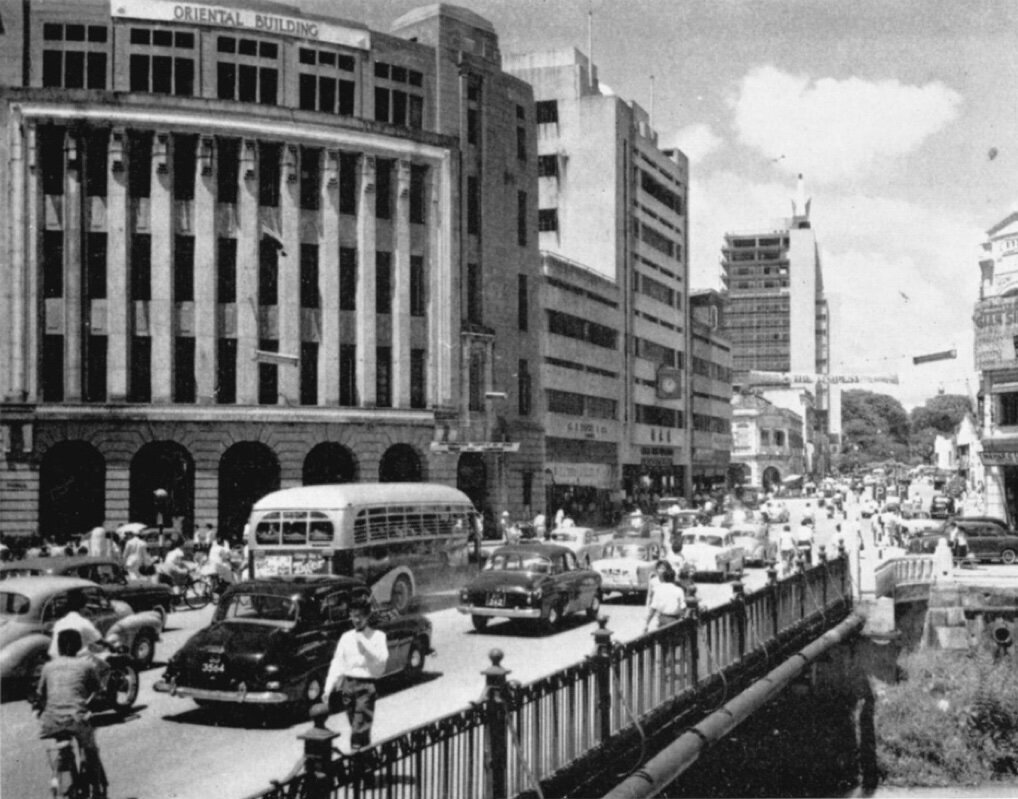
At the time of Malaysia’s independence in 1957, Kuala Lumpur remained to be small city with 316,000 residents. Even in 1960s, 10 storeys buildings appeared only in the central business district of Kuala Lumpur.
Urban growth during this period expanded outward from a central area along main roads leading out of the city. Many businesses developed along these main roads, which leads to a creation of commercial areas that serve surrounding residential neighborhoods.
As the presence of housing areas sprang up, they gradually merged to form a larger urban landscape. This process eventually integrate nearby village and towns, which widely known as conurbation process. Over time, the city center grew even further, especially with many development of high-rise office buildings and banks becoming prominent future during this time.
Also in 1953, the Malaysian government produced a new town called Petaling Jaya, which located 12 kilometres from the city center. Petaling Jaya would serve as a suburb that will help to absorb overcrowded population from the city center.
Also during this period, another new town called Shah Alam was established in the mid 1960s. Creation of many satellite cities facilitated an urban corridor that connects Kuala Lumpur and Port Klang. Up to this day, the new towns provided many functions as industrial zones, residential areas, shopping, and entertainment.
Rise as a Global City (1970-1990)
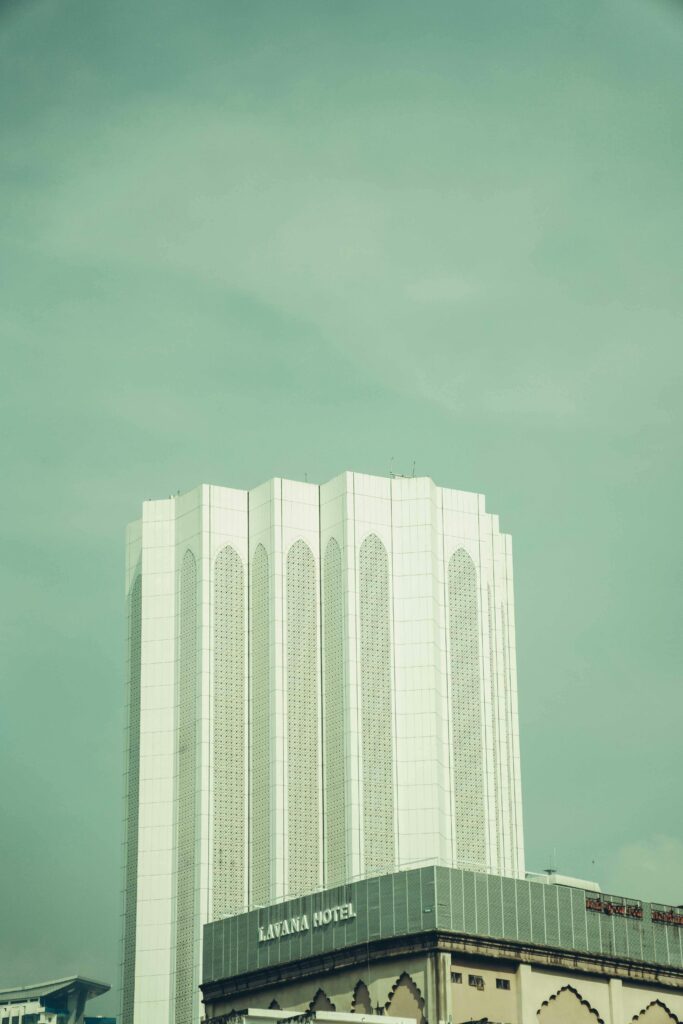
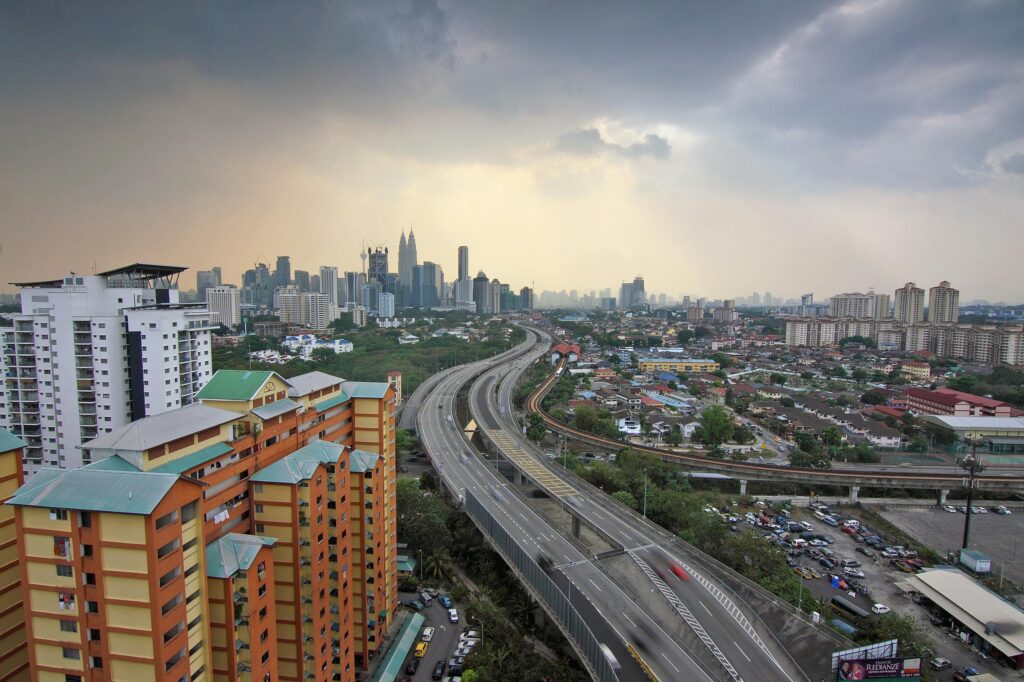
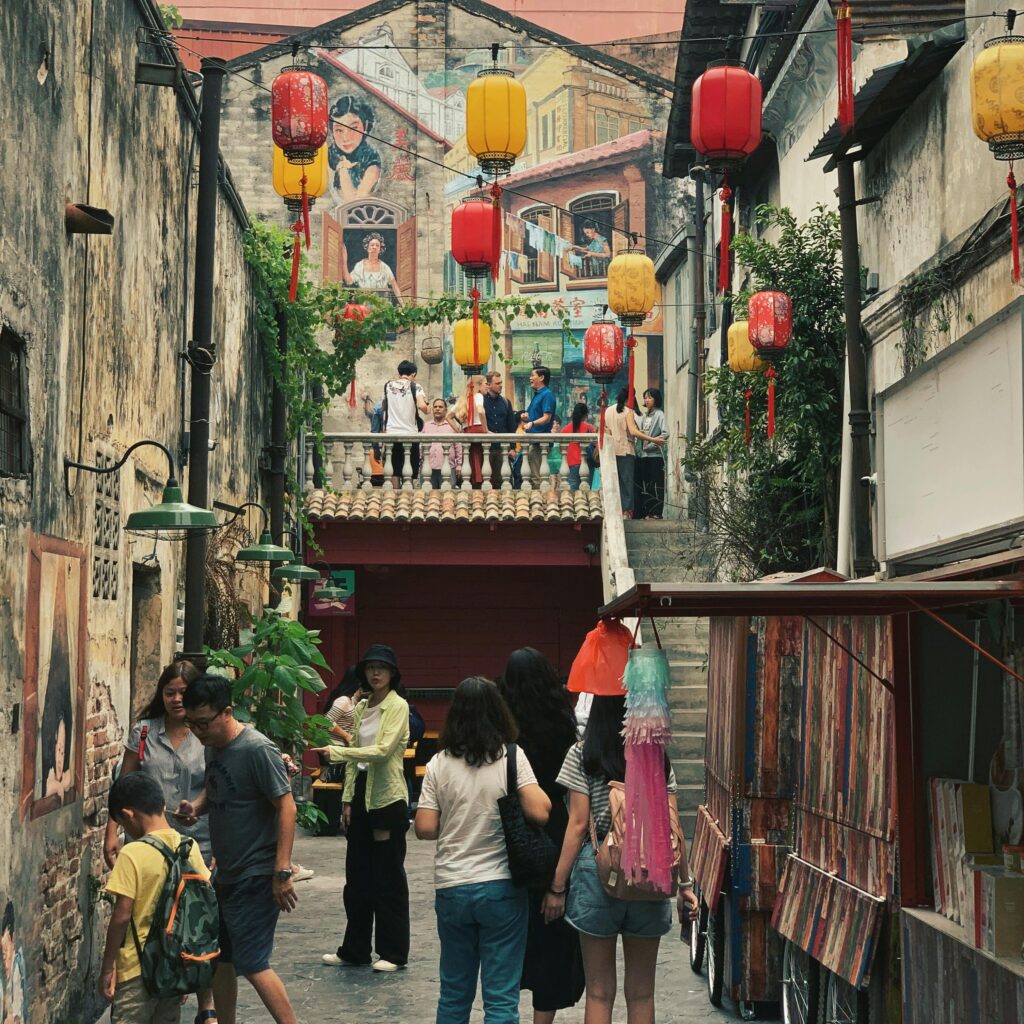
During this decade, the Malaysian government implemented ambitious policies, known as the New Economic Policy (NEP), aiming to modernize and diversify the economy. As a result, with massive investments in infrastructure and the manufacturing industry, Kuala Lumpur’s urban landscape transformed significantly.
The government chose Kuala Lumpur to be the testing ground of the newly introduced policy. With numerous job creation and rapid growth of the city, the economic boom led the city’s population to double, reaching 645,000 residents.
The city expanded even further, particularly with new neighborhoods, high-rise buildings, public transportation, and expressways. On 1 February 1974, Kuala Lumpur became a federal territory which saw massive expansion to 96 square miles by absorbing surrounding areas. Furthermore, the government of Selangor ceded Kuala Lumpur to be control directly by the central government.
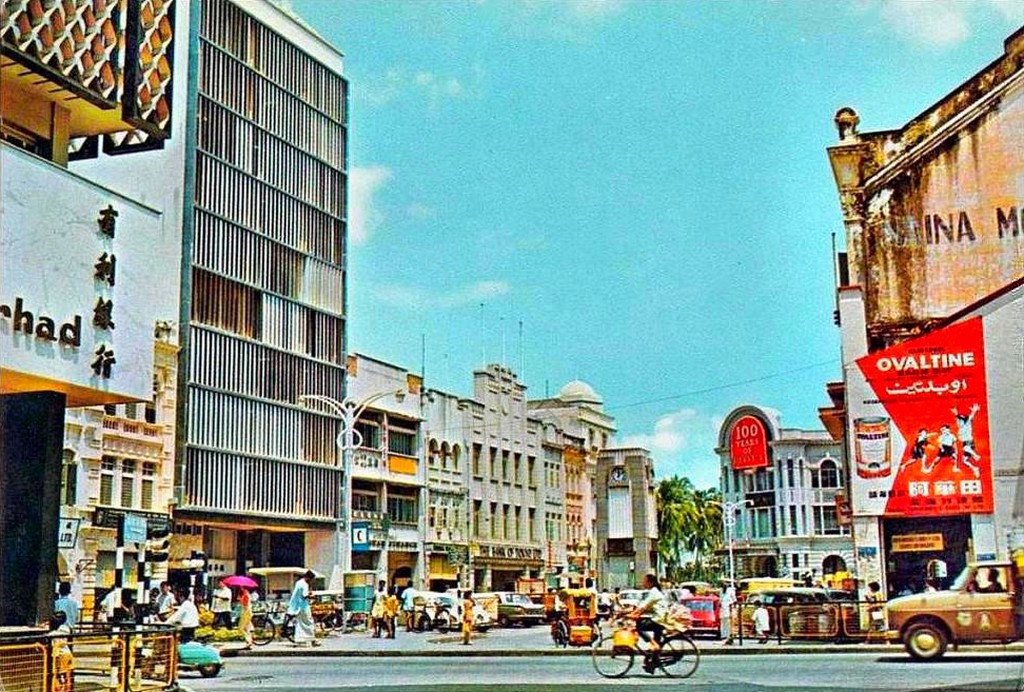
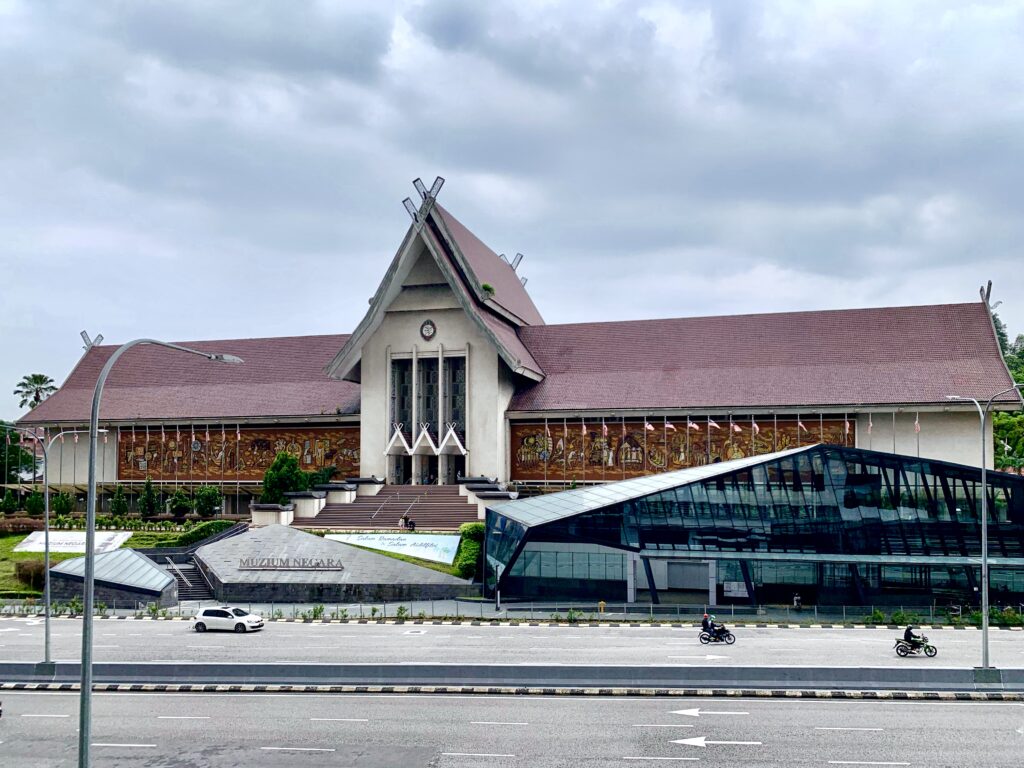
During this period, several notable projects emerged, including:
- Construction of Federal Highway connecting Kuala Lumpur and Klang
- Construction of North-South Expressway, which improved connectivity to other cities
- Completion of Malaysia’s first skyscrapers at Dayabumi complex in 1984
- Growth of commercial areas around Jalan Sultan Ismail and Jalan Bukit Bintang. These streets served as the city’s major shopping and entertainment hub.
- The establishment of cultural landmarks, such as the National Museum and the Arts Museum, further helped showcase Malaysia’s culture and heritage.
Kuala Lumpur as a Modern Metropolis (1990-Present)

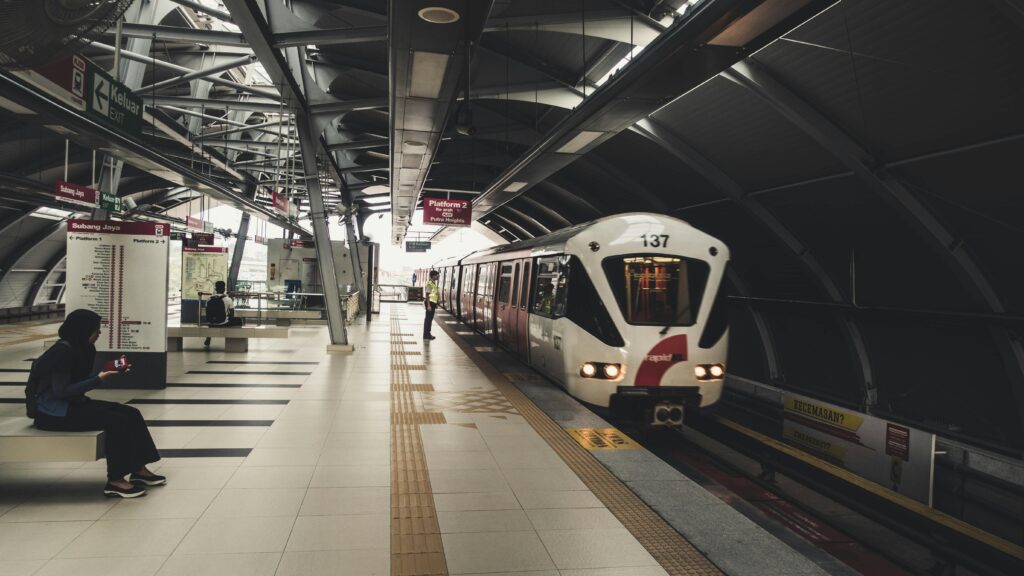
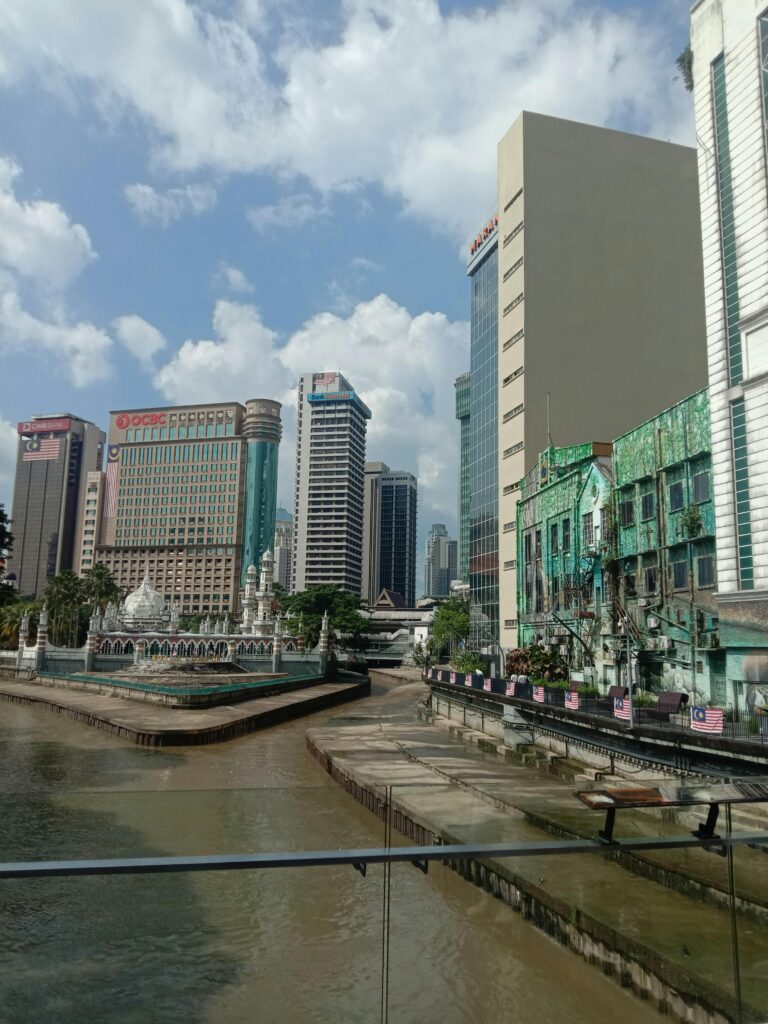
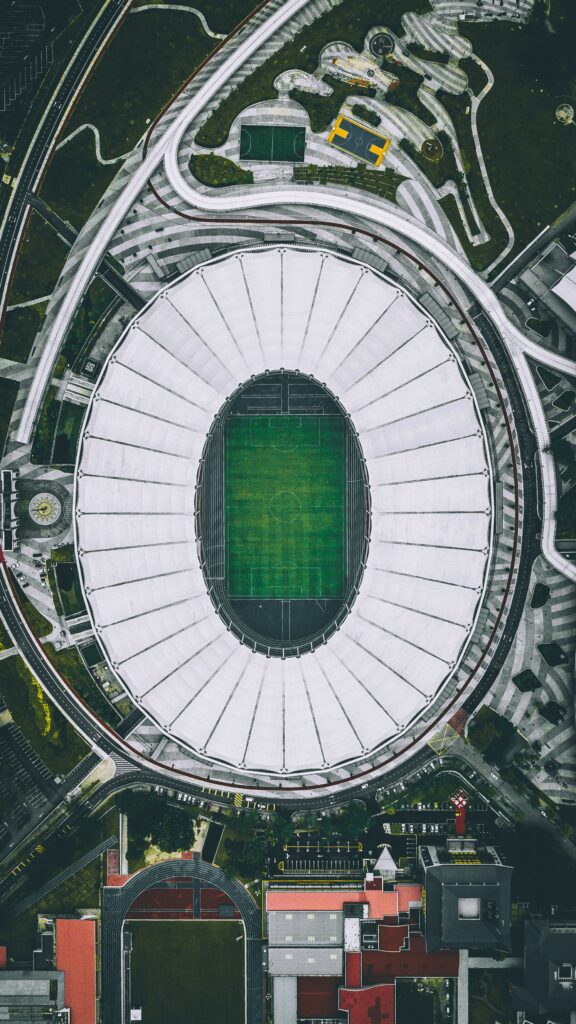
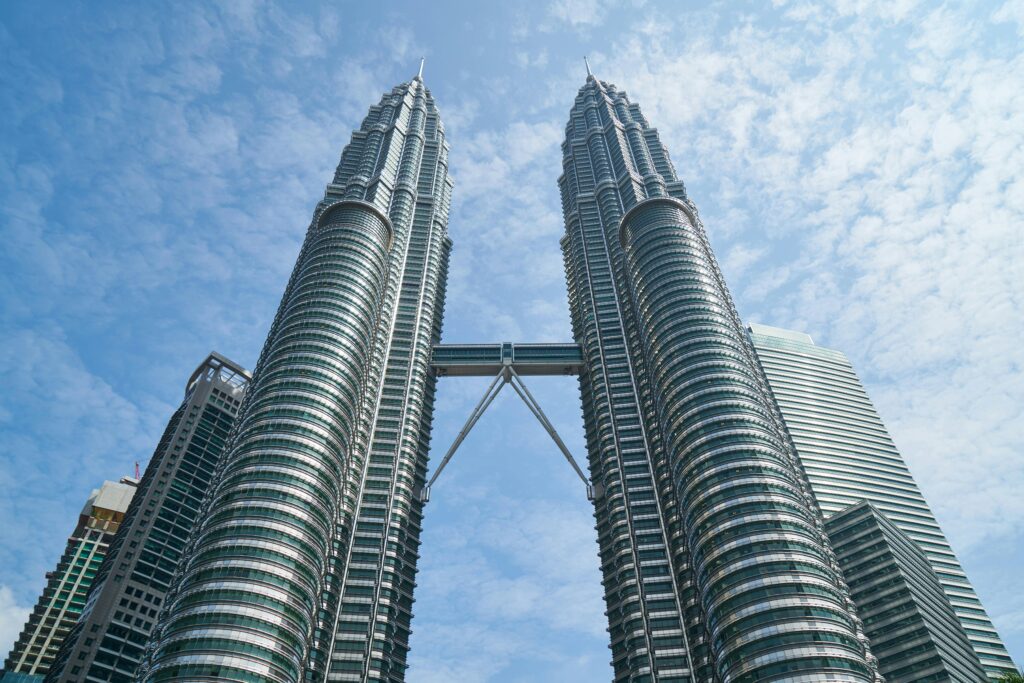

In the early 1990s, Prime Minister Mahathir Mohamad launched a plan called Vision 2020, with an aim to make Malaysia a developed nation. Under his leadership, the Malaysian government reshaped and modernized Kuala Lumpur with mega-projects and infrastructure.
Kuala Lumpur became a focal point of this vision, where infrastructure development successfully attracted many international businesses and tourism. During these decades, the Malaysian government successfully complete many mega projects, including:
- Petronas Twin Towers: Completed in 1998 and became the tallest buildings in the world at the time.
- Kuala Lumpur International Airport: Opened in 1998, KLIA replaced Subang Airport as Malaysia’s international airport. Completion of this airport accommodate influx of both domestic and international travelers.
- Multimedia Super Corridor (MSC): Creation of special economic zone and high-tech business district around Kuala Lumpur and some parts of Klang Valley.
- KL Tower: Completed in 1995, became one of the tallest telecommunication towers globally. This tower served as an observation point and communication tower.
- Light Rail Transit: In 1990s, Mahathir launched its the city’s first LRT line to reduce congestion and served as a foundation for urban transit expansion of the city.
- Bukit Jalil National Sport Complex: In preparation of 1998 commonwealth games, the government introduced Bukit Jalil sport complex to the public. This complex put Kuala Lumpur on the map as a venue for many international sporting events.
- Expressway and Highways: massive construction of highways were created during this period of time to improve connectivity within the city.
Kuala Lumpur in the 21st Century
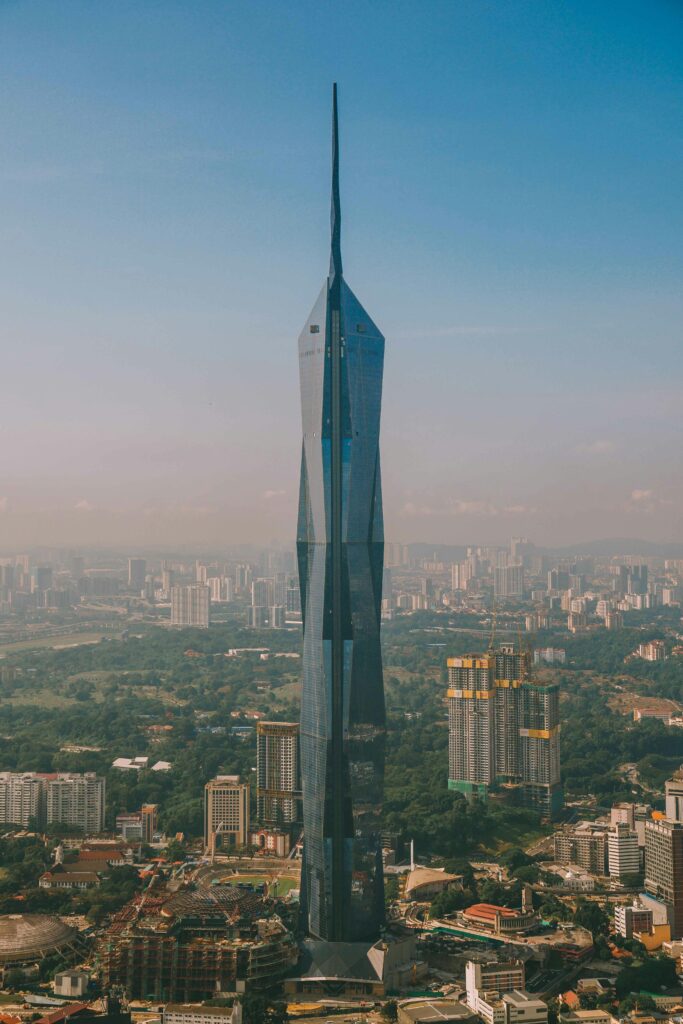
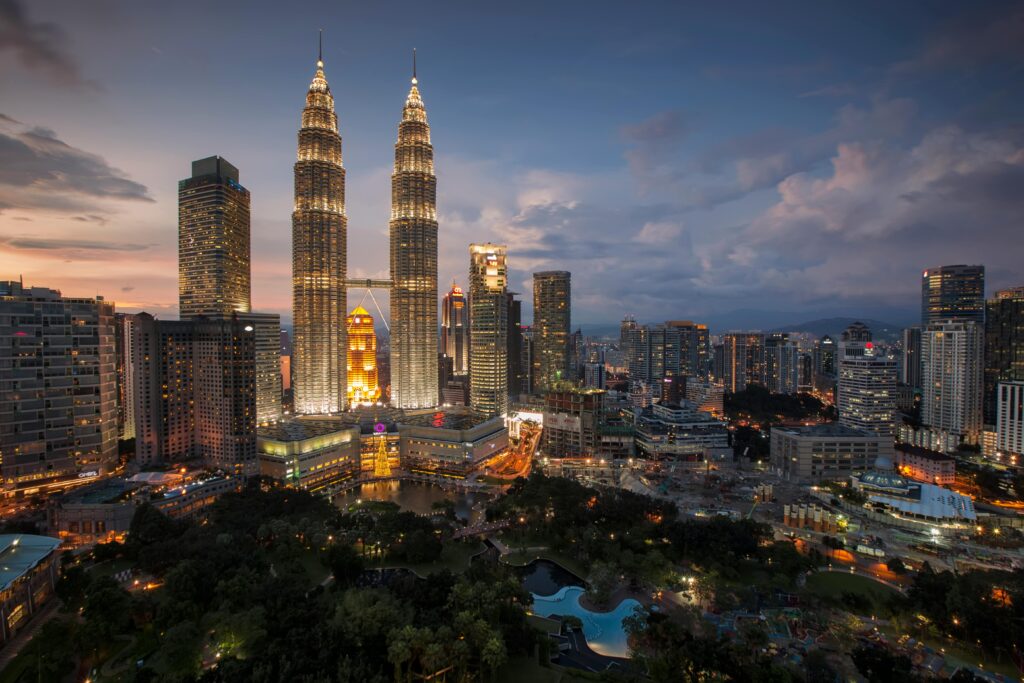



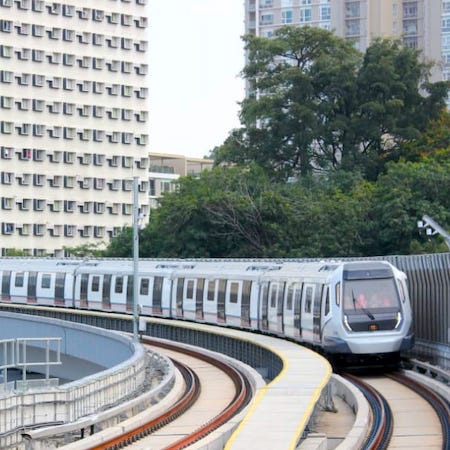
Today, Kuala Lumpur became one of leading cities of financial and cultural center in Southeast Asia. With its rich history and rapid development, the city represents a mix of tradition and modernity. With its diverse population, Kuala Lumpur celebrates its multicultural heritage through vibrant festivals, historic neighborhoods, and cuisines.
Kuala Lumpur continued to evolve as a major Southeast Asian cities with numerous mega projects in the 21st century. Here are the most notable projects in recent decades:
- Bukit Bintang City Center: Revitalization of Bukit Bintang area, making it a lifestyle hub with modern malls and venues.
- Tun Razak Exchange: Creation of Kuala Lumpur’s new financial district, with an aim to position the city as a global financial center.
- Merdeka 118 Tower: Tallest building in Southeast Asia with height reaching 644 meters.The completion of the new landmark symbolizing Malaysia’s growth and aspirations.
- Mass Rapid Transit (MRT): Launched in 2017, MRT marked a new era of public transportation in Kuala Lumpur. The project aims to reduce traffic congestion and improve connectivity within the city.
Despite its successful transformation into a global metropolis, Kuala Lumpur faces several challenges. Similar with its neighboring cities in Southeast Asia like Bangkok, Jakarta, and Manila, Kuala Lumpur has the same issue on traffic congestion, flooding, and environmental issues.
The development journey of Kuala Lumpur from a small settlement to a metropolis really shows true strength of Malaysian. This story shows Malaysia as a nation with resilience, innovation, diversity, and transformation. Each era left its mark on the city, starting from colonial landmarks to modern skyscrapers. The city continues to evolve as a testament of the spirit of its people.
References
https://www.ehm.my/publications/articles/the-post%E2%80%931950-emergence-of-kuala-lumpur-as-a-great-southeast-asian-city
https://www.holidify.com/pages/history-of-kuala-lumpur-3804.html
https://malaxi.com/kuala_lumpur/year_history_kuala_lumpur.html
https://m.malaysiakini.com/news/443373
Yin*, I. and Abdullah, J. (2019). The Growth Of Urban Centre In Kuala Lumpur: Growth Centre Development Control. The European Proceedings of Multidisciplinary Sciences. doi:https://doi.org/10.15405/epms.2019.12.59.
